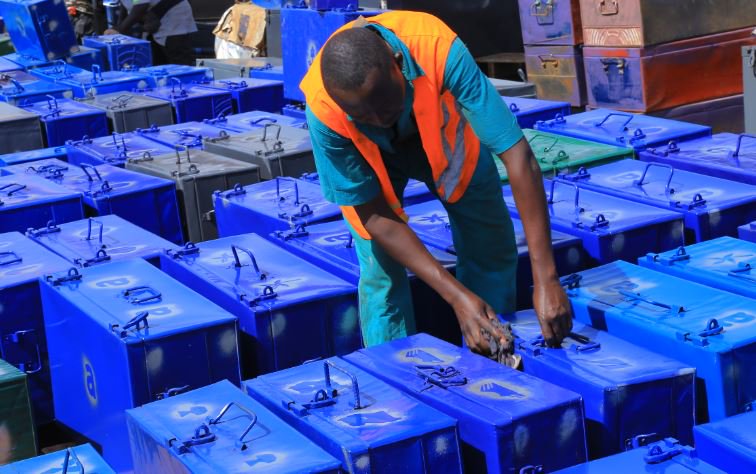By Viffaconsult
There is an old management saying that goes, “What doesn’t get measured doesn’t get done,” and this may prove to be true for Kenya in light of Small and Medium Enterprise (SME) interventions that have been proposed by the Kenyan government as well as other stakeholders between 2019 and the first quarter of 2020.
Kenyan SMEs continue to play a key role in the country’s socio-economic development contributing 33 percent to the Gross Domestic Product (GDP), employing over 30 percent of the population, and constituting 98 percent of all businesses according to the Kenya National Bureau of Statistics (KNBS).
Despite their immense contribution, SMEs have a high mortality of 75 percent within their first 3 years of inception driven by challenges including access to finance, access to markets, unsupportive policies, infrastructure challenges, management skills, access to technology, and information among others.
This mortality curve has steeped upwards due to the negative effect of Covid-19 pandemic.
The Kenyan government and other SME stakeholders had put in measures to address the challenges SMEs face prior to 2019 as well as during the Coronavirus pandemic period but still the question lingers on the veracity or optimality of these interventions.
Despite SMEs accounting for 83.6 percent of total employment created in 2019 as per KNBS statistics, it has not translated into poverty reduction, with Kenya having lower poverty elasticity than countries such as Ghana, Tanzania, and Uganda.
To drive the point home, only 63.8 percent and 16.5 percent of total employees received a stable salary in licensed and unlicensed SMEs respectively.
Further, despite the increase in the employment rate, Kenya is not producing sufficient jobs to keep pace with demographic change. Kenya’s population is young and rural and growing rapidly.
About 50 percent of Kenya’s population is under 18 years of age and more than three-quarters are under 35 years old.
Based on the physics principle of action-reaction; it seems that the SME action through government and other stakeholder interventions is not producing an equal and opposite reaction evidenced by the lack of enough and good quality jobs that would otherwise go a long way in reducing poverty.
To understand the impact of these actions, concerted efforts need to be made to map out all national SME interventions by all stakeholders and develop an evaluation or impact measurement mechanism from where corrective and timely adjustments can be taken as well as identify redundancies with the overall goal of achieving meaningful impact in terms of SME support in Kenya.
Intervention towards SMEs can be classified in two parts as a springboard to the conversation; 2019 and prior years and 2020.
SME intervention prior to 2019 whose impact or progress must be evaluated are impact of interest rate cap repeal on SME access to finance, impact or progress of STAWI, progress status of the SME fund as well as SME policies by the Micro Small Enterprise Authority (MSEA).
The Competition Amendment Bill by the Competition Authority of Kenya (CAK) which aims to penalize corporates which delay paying SMEs on time, the proposed establishment of warehouses in Rwanda, Burundi, and The Democratic Republic fronted by Kenya Export Promotion and Branding Agency (KEPROBA) also fall into the prior 2019 category.
Similarly to backstop SMEs from the negative effects of covid-19 to SMEs; the Kenyan government in the first quarter of 2020 fronted a stimuli package that will at least provide vital cashflow to SMEs.
Despite the inherent risk of suboptimality of the intervention towards SMEs due to lack of fit for purpose underpinned on the assumption that SMEs are formal in nature despite 79 percent being informal, the impact of the measures must be evaluated to confirm whether they are working or not.
The interventions include; establishment of a credit guarantee scheme, tax breaks especially turnover tax and VAT, and Ksh35 billion released by the government due to the CBK’s move to lower the Cash Reserve Ratio (CRR) in response to Coronavirus.
These interventions must be combined with other SME stakeholder interventions such as SME funding received by financial institutions from development partners as well as direct interventions by development partners.
A complete audit of an impact evaluation of SME interventions in Kenya will form a basis for understanding how best to support and improve the SME business environment hence make significant progress in the socio-economic development of Kenya.













Leave a comment